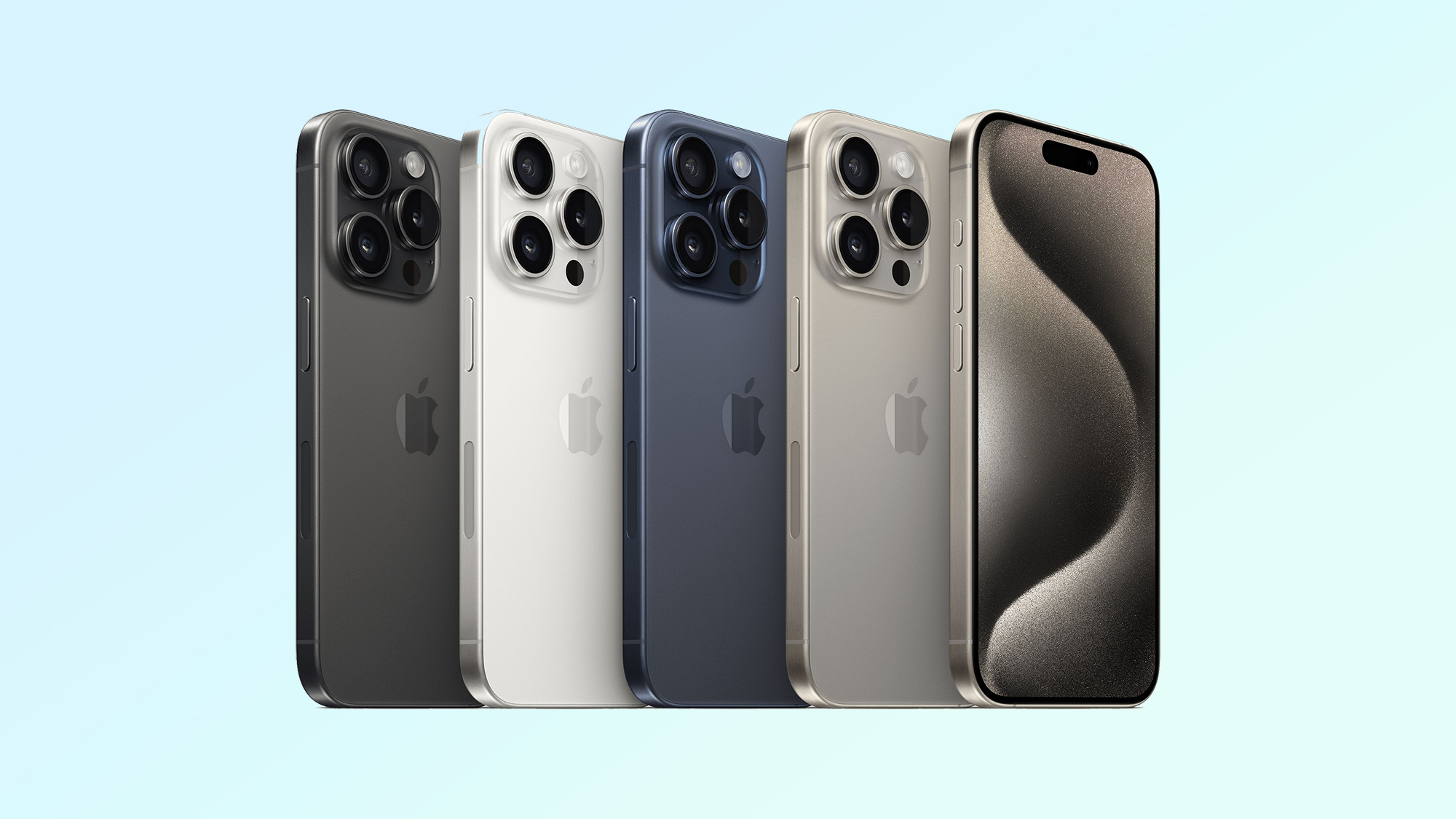Apple’s A19 Pro chip is rumored to be the first in the world to use this new process — here’s what you need to know

According to a recent report from DigiTimes, the Apple iPhone 17 Pro’s chip, the A19 Pro, will be the first smartphone in the world to be manufactured at TSMC (Taiwan Semiconductor Manufacturing Company) with a structural width of 2 nm.
This news would fit with the current TSMC roadmap which lists that the mass production of TSMC’s N2 process is expected to start in the second half of 2025. The N2 process allows for an increased transistor density, up to 15% compared to the N3e Process that’s reportedly being used to design the Apple A18 Pro chip for the iPhone 16 Pro. By TSMC's reckoning the A19 Pro Chip will consume 25-30% less power while increasing the overall performance by 10-15%, compared to the prior A18 Pro.
In practical terms, this would mean that the Apple iPhone 17 Pro would offer better performance than the iPhone 16 Pro, yet would not have to sacrifice battery life. The N2 process would also give Apple a significant advantage over its competitors who don’t have access to the process. Instead, they would likely use the N3P and N3X processes planned for next year. These processes are reportedly an improvement on the N3E process, but do not reach the same level of performance as the N2.

This news comes after some disappointment regarding the A18 Pro chip. In March, we saw a leak purporting to reveal the Geekbench scores for the next generation iPhone 16 Pro. However, the two scores were vastly different, with one coming behind the upcoming Snapdragon 8 Gen 4 that will reportedly run the Samsung Galaxy S25. If the tests are real, then it would be the first time Apple scored lower than its competitors.
While the primary focus for rumors is the iPhone 16 series, there have been some interesting reveals regarding the future of Apple’s flagship. For instance, we recently heard that, according to analyst Ming-Chi Kuo, Apple could include resin-coated copper (RCC) parts inside the iPhone 17 Pro. This will save space inside the device and allow Apple to make the iPhone 17 Pro even thinner than the current models. There was also a reveal that every phone in the iPhone 17 series would include the LTPO OLED screen, rather than it being locked to the Pro models.
The idea that Apple will be the first to implement this new technology is great news for fans of the brand, and will potentially allow the iPhone 17 Pro to outstrip the competition. However, it should be noted that chip power is not the only aspect of phone design, and it is still the very early days regarding what components will be included in the iPhone 17 Pro. For now, we will have to wait and see what is announced in the coming months.
More from Tom's Guide
- iPhone SE 4 specs leak reveals bigger OLED display, ‘AI Photography’ and other upgrades
- I took over 200 photos with the iPhone 15 vs. Galaxy S24 — here’s the winner
- Tidal just made its hi-res music subscription as cheap as Apple Music
Get instant access to breaking news, the hottest reviews, great deals and helpful tips.

Josh is a staff writer for Tom's Guide and is based in the UK. He has worked for several publications but now works primarily on mobile phones. Outside of phones, he has a passion for video games, novels, and Warhammer.










